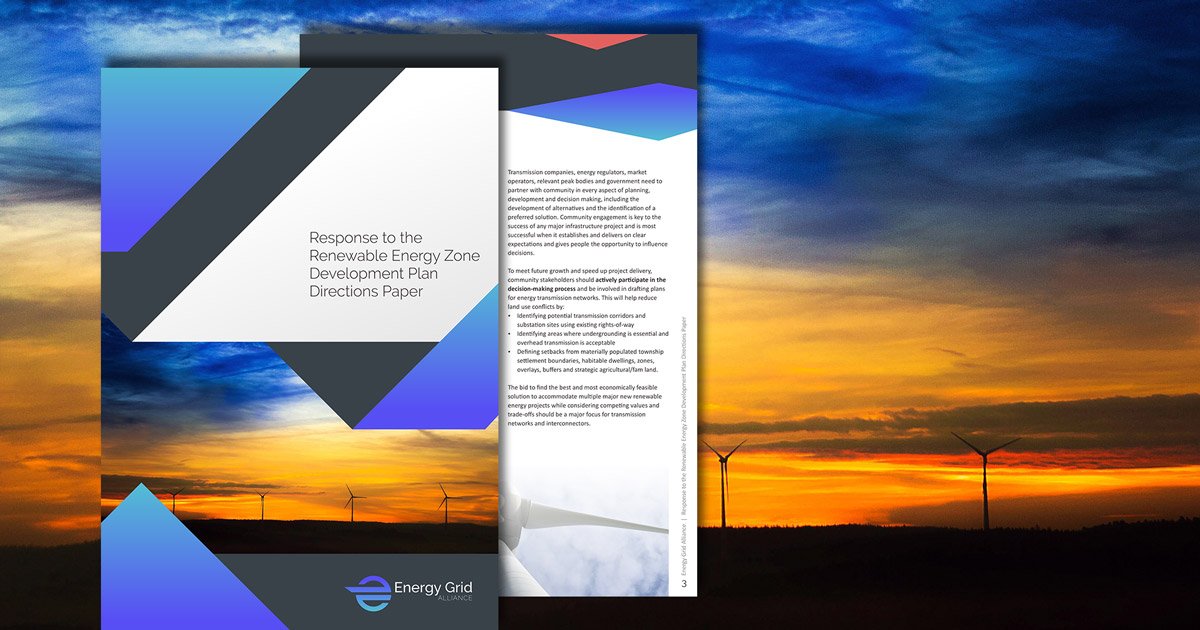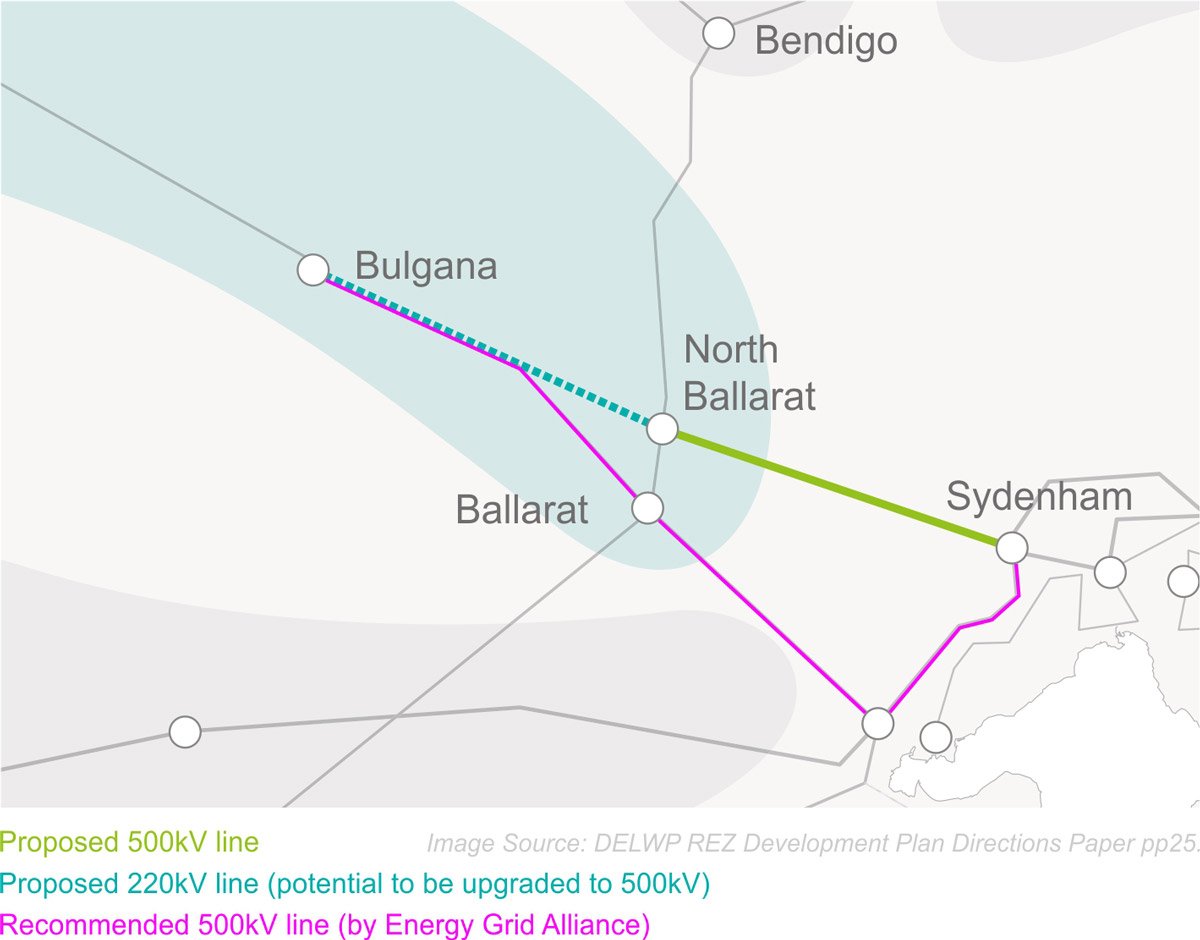Response to the Renewable Energy Zone Development Plan Directions Paper

Is the best solution for the WVTNP being considered?
Energy Grid Alliance is concerned that the best solution may be one that is not currently being considered.
Every effort should be made to site new transmission lines, to the greatest extent feasible that is consistent with economic and engineering considerations, reliability of electric system, and protection of the existing environment, utilising corridors in the following order of priority:
- existing utility corridors
- highway and railroad corridors
- new corridors.
When rigorously evaluated as part of routing decisions, corridor sharing can be a useful method in mitigating environmental, property, and community impacts of a new transmission line.
The siting of transmission facilities must seek to avoid to the maximum extent possible areas of high ecological, cultural, economic, and aesthetic value and sensitivity.
The objective is to protect and maintain the natural, aesthetic and scientific values of significant geological and geomorphological features.
Overhead transmission infrastructure should not permanently alter character of state significant landscape. When the construction of transmission facilities in or near sensitive habitats cannot be avoided, impacts should be minimised using underground cables instead of overhead lines.
Energy Grid Alliance recommends a comprehensive review of the Western Victoria Transmission Network Project. Overhead transmission infrastructure is not in the public interest when it results in such vast direct and cumulative disbenefits. In protecting Victoria's economy and environment, it is vital energy transmission line routing and siting serves to protect and enhance our socio-economic and natural environments by avoiding sensitive, materially populated and strategically productive areas.

Recommended Route
Compared to the proposed route of the WVTNP, this alternative utilises existing transmission corridors. This strategic route:
- Improves security of supply to Melbourne by mitigating the risk the current proposed project may not proceed at all due to cumulative environmental effects and community conflict.
- Avoids further project delays
- Avoids or minimises socio-economic impacts
- Avoids or minimises environmental impacts to protect and conserve the environment
- Avoids further native habitat fragmentation
- Avoids or minimised further bushfire and fire-fighting risk
- Avoids unnecessary impact on materially populated towns and residential areas
- Avoids further land use change
- Avoids further loss or fragmentation of productive agricultural land

